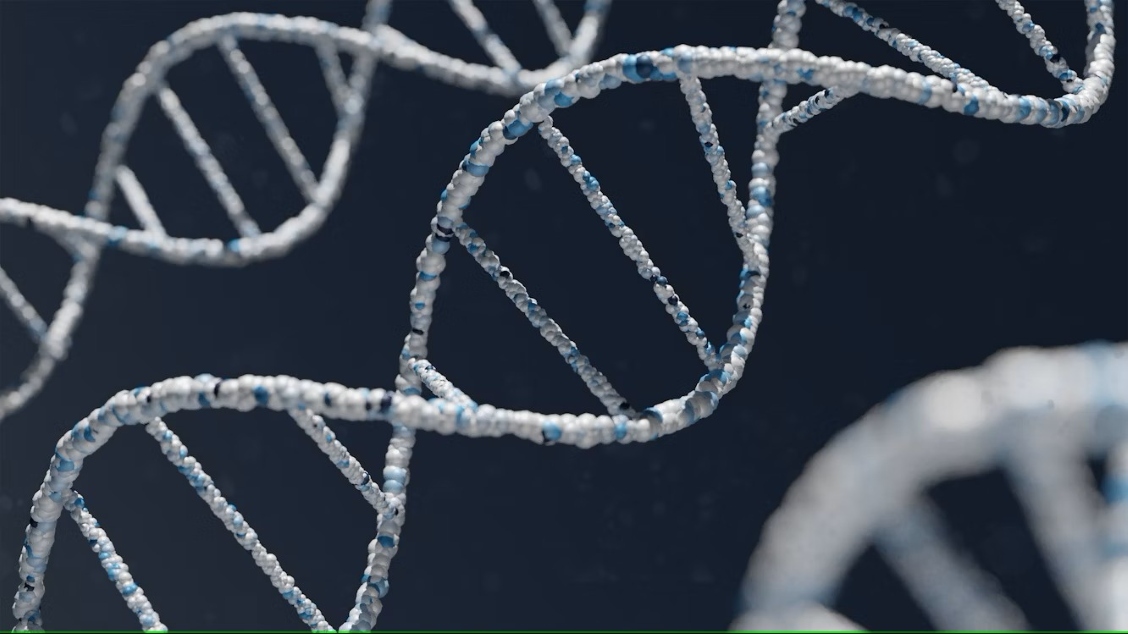
Non-Coding RNAs: Regulatory Guardians of the Genome
During the last two decades the central dogma of biology, which states that genetic information flows from DNA into messenger RNAs (mRNAs) via transcription, and from mRNAs into functional proteins via translation, has been shown to be far more complicated than what had long been accepted. Indeed, cells transcribe thousands of RNAs, which neither encode proteins nor have a structural function (like tRNAs or rRNAs), but which nonetheless play essential roles in the regulation of gene expression.
These RNAs, which are collectively referred to as non-coding RNAs (ncRNAs), vary greatly in their size (twenty to several thousand nucleotides), in their biosynthetic pathway and in their modus operandi. Found in virtually all organisms, ncRNAs, which coordinate the expression, stability and/or inheritance of genes either at the transcriptional or at the posttranscriptional level, continue to be an intense and exciting area of research.
Non-coding RNAs
In Non-Coding RNAs: Multi-Tasking Molecules in the Cell, published in the IJMS Special Issue on ‘Regulation by non-coding RNAs’, Gomes et al. review the biogenesis and modus operandi of ncRNAs, primarily in mammals.
The three main classes of small ncRNAs are described: the siRNAs, which are generated from long double-stranded RNAs or long inverted repeats, the microRNAs, which are processed from typical stem-loop precursors, themselves transcribed from discrete genes, and the piRNAs (PIWI-interacting RNAs), which unlike siRNAs and microRNAs, are generated from pericentromeric regions in an RNAse-III independent manner.
Also, while siRNAs and miRNAs are widely expressed and serve to regulate the expression of complementary transcripts, the piRNAs are mostly produced in the germline cells and serve to tame the activity of transposons.
The biological roles of small ncRNA
Gomes et al. review the biological roles of these different classes of small ncRNA, and the increasing recognition of the involvement of these molecules in human diseases, particularly cancers. They also touch on the functional evolution of ncRNAs in the context of the ‘RNA world hypothesis’, speculating that early ‘defense’ functions may have been the precursors of their current gene regulatory roles.
In addition to this comprehensive overview, the Special Issue contains twenty further research articles and twenty-nine reviews covering a large array of the current topics in the field, including the biogenesis and function of ncRNAs in plants and in fungi, the modus operandi of microRNAs in C. elegans, and the role of ncRNAs in neurological disorders, the adaptive immune response, cardiovascular pathology, muscle dystrophies, cancers and other human diseases.
References and further reading
To read more about non-coding RNAs, we refer the interested reader to the following:
Gomes, A.Q.; Nolasco, S.; Soares, H. Non-Coding RNAs: Multi-Tasking Molecules in the Cell. Int. J. Mol. Sci. 2013, 14, 16010-16039.
Matsui, A.; Nguyen, A.H.; Nakaminami, K.; Seki, M. Arabidopsis Non-Coding RNA Regulation in Abiotic Stress Responses. Int. J. Mol. Sci. 2013, 14, 22642-22654
Gébelin, V.; Leclercq, J.; Hu, S.; Tang, C.; Montoro, P. Regulation of MIR Genes in Response to Abiotic Stress in Hevea brasiliensis. Int. J. Mol. Sci. 2013, 14, 19587-19604.
Nicolás, F.E.; Ruiz-Vázquez, R.M. Functional Diversity of RNAi-Associated sRNAs in Fungi. Int. J. Mol. Sci. 2013, 14, 15348-15360.
Zhang, C.; Li, G.; Wang, J.; Zhu, S.; Li, H. Cascading cis-Cleavage on Transcript from trans-Acting siRNA-Producing Locus 3. Int. J. Mol. Sci. 2013, 14, 14689-14699.
Doxakis, E. Principles of miRNA-Target Regulation in Metazoan Models. Int. J. Mol. Sci. 2013, 14, 16280-16302
Fenoglio, C.; Ridolfi, E.; Galimberti, D.; Scarpini, E. An Emerging Role for Long Non-Coding RNA Dysregulation in Neurological Disorders. Int. J. Mol. Sci. 2013,14, 20427-20442..
Curtale, G.; Citarella, F. Dynamic Nature of Noncoding RNA Regulation of Adaptive Immune Response. Int. J. Mol. Sci. 2013, 14, 17347-17377.
Iaconetti, C.; Gareri, C.; Polimeni, A.; Indolfi, C. Non-Coding RNAs: The “Dark Matter” of Cardiovascular Pathophysiology. Int. J. Mol. Sci. 2013, 14, 19987-20018..
Erriquez, D.; Perini, G.; Ferlini, A. Non-Coding RNAs in Muscle Dystrophies. Int. J. Mol. Sci. 2013, 14, 19681-19704
Calore, F.; Lovat, F.; Garofalo, M. Non-Coding RNAs and Cancer. Int. J. Mol. Sci. 2013, 14, 17085-17110
Deng, G.; Sui, G. Noncoding RNA in Oncogenesis: A New Era of Identifying Key Players. Int. J. Mol. Sci. 2013, 14, 18319-18349.
Li, J.; Xuan, Z.; Liu, C. Long Non-Coding RNAs and Complex Human Diseases. Int. J. Mol. Sci. 2013, 14, 18790-18808.
More open access articles
IJMS Special Issue on ‘Regulation by non-coding RNAs’
*Franck Vazquez, PhD is a Group Leader at the Botanical Institute of the University of Basel. His group studies the role of microRNAs and siRNAs in development of leaves and in resistance to viruses in the model plant Arabidopsis thaliana. In addition to his research, Franck joined MDPI as an Editor in January 2014.










